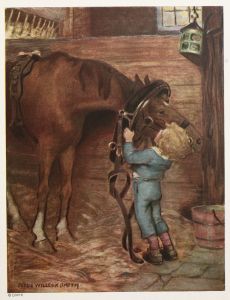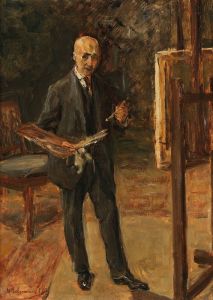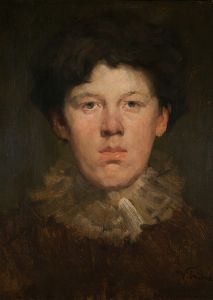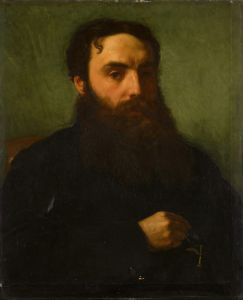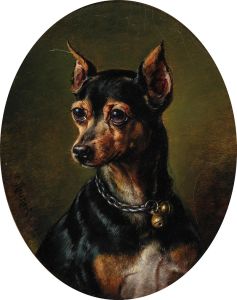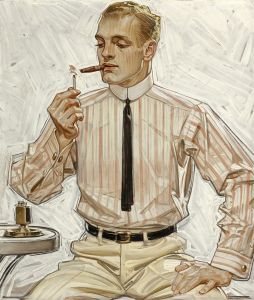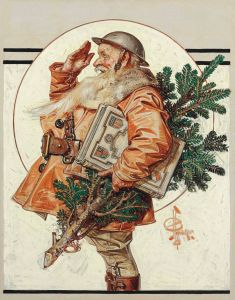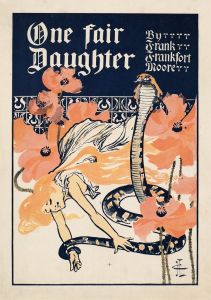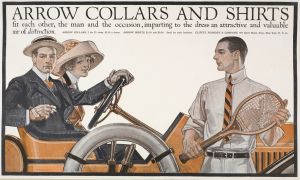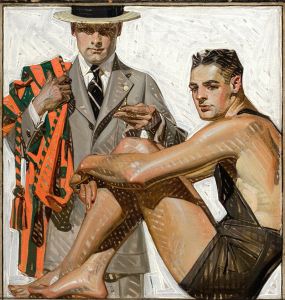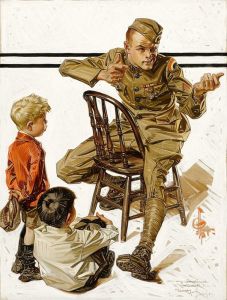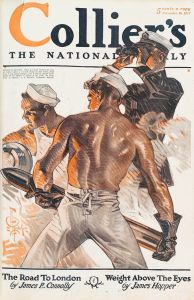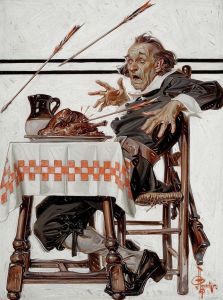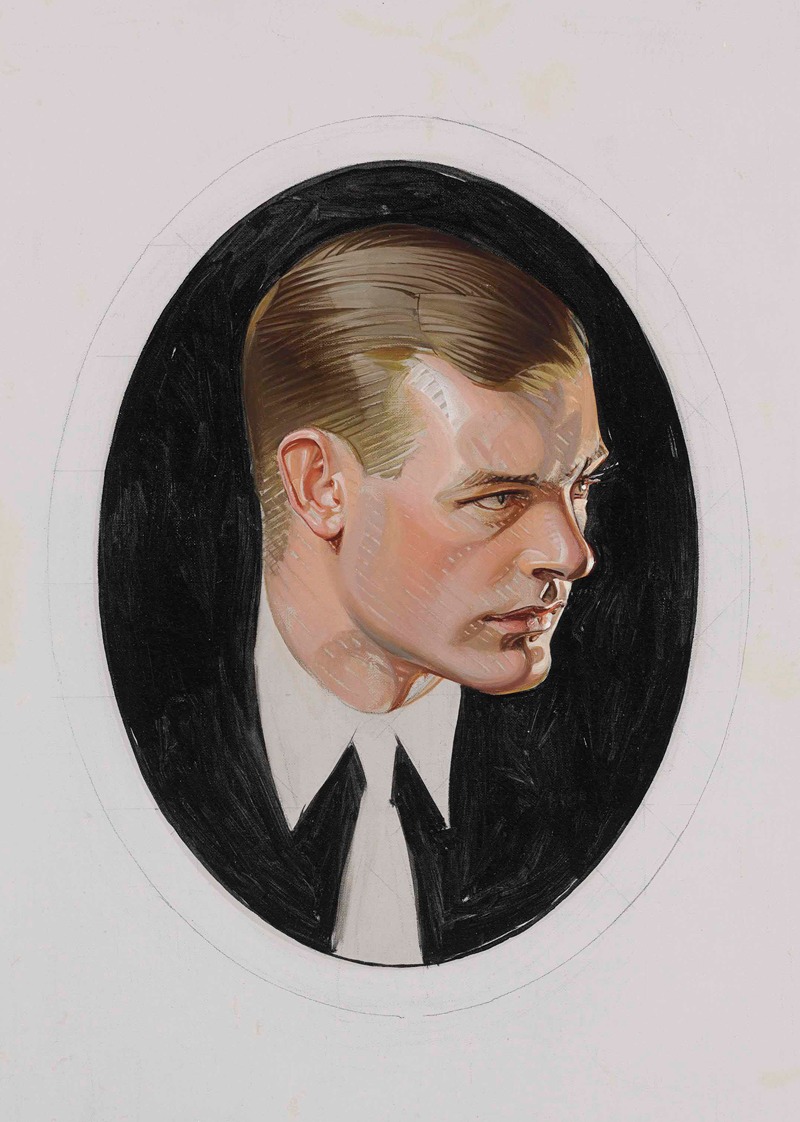
Arrow Collar Man
A hand-painted replica of Joseph Christian Leyendecker’s masterpiece Arrow Collar Man, meticulously crafted by professional artists to capture the true essence of the original. Each piece is created with museum-quality canvas and rare mineral pigments, carefully painted by experienced artists with delicate brushstrokes and rich, layered colors to perfectly recreate the texture of the original artwork. Unlike machine-printed reproductions, this hand-painted version brings the painting to life, infused with the artist’s emotions and skill in every stroke. Whether for personal collection or home decoration, it instantly elevates the artistic atmosphere of any space.
The Arrow Collar Man was a series of advertisements created by American illustrator Joseph Christian Leyendecker for the Cluett Peabody & Company, which manufactured Arrow brand collars. These advertisements, which ran from 1905 to 1931, featured a series of idealized male figures that became iconic representations of early 20th-century American masculinity and style.
Joseph Christian Leyendecker, born in 1874 in Germany and later emigrating to the United States, was one of the most prominent illustrators of his time. He is best known for his work on the covers of the Saturday Evening Post and his creation of the Arrow Collar Man. Leyendecker's illustrations were characterized by their precise, elegant lines and the idealized, almost sculptural quality of his figures.
The Arrow Collar Man advertisements were notable for their sophisticated and stylish depictions of men. These illustrations typically featured handsome, well-dressed men in various settings, often exuding confidence and charm. The Arrow Collar Man became a cultural icon, symbolizing the modern, fashionable man of the early 20th century. The popularity of these advertisements helped to establish Arrow collars as a leading brand in men's fashion.
One of the most famous models for the Arrow Collar Man was Charles Beach, who was also Leyendecker's partner. Beach's chiseled features and suave demeanor made him the perfect embodiment of the Arrow Collar Man, and he appeared in numerous advertisements over the years. The collaboration between Leyendecker and Beach contributed significantly to the success of the campaign.
The Arrow Collar Man advertisements were not just about selling collars; they also reflected broader social and cultural trends of the time. The early 20th century was a period of significant change in American society, with increasing urbanization, the rise of consumer culture, and evolving notions of masculinity and fashion. The Arrow Collar Man captured the spirit of this era, presenting an idealized vision of the modern man who was stylish, confident, and successful.
Leyendecker's work on the Arrow Collar Man also had a lasting impact on the field of commercial illustration. His ability to create compelling, aspirational images that resonated with the public set a standard for advertising art. The Arrow Collar Man campaign is often cited as one of the most successful and influential advertising campaigns of the early 20th century.
In addition to his work on the Arrow Collar Man, Leyendecker had a prolific career as an illustrator, creating covers for magazines such as the Saturday Evening Post, Collier's, and American Weekly. His distinctive style and contributions to the field of illustration have earned him a lasting legacy in American art history.
Overall, the Arrow Collar Man by Joseph Christian Leyendecker remains a significant example of early 20th-century American advertising and illustration. The campaign's success and cultural impact highlight the power of visual imagery in shaping public perceptions and consumer behavior. Leyendecker's work continues to be celebrated for its artistic excellence and its role in defining an era of American style and sophistication.





